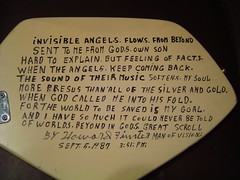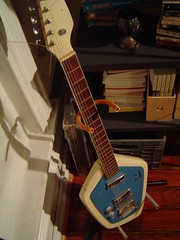
Rather than commenting on this blog, where hardly anyone will ever see what you said or asked, why not post your thoughts in a space that’s more suitable?
Try the OmniShrine Wiki!
I set it up so that fans of Omni can share information, and also be able to subscribe to comments or page changes, so that you can more easily keep up with the conversation!
The comment area on this post doesn’t act like a discussion list; there’s no way for anyone to be alerted of a question or an answer to one posted. That’s why the wiki is your best bet.
Thanks!
My original post is below. The omnimag.com link no longer takes you to the site I referenced back in 2003, but you can still see the glorious prehistoric black-background web experience via the magical “Wayback Machine” archive here via the Wayback Machine.
ORIGINAL POST:
Growing up, I was an avid reader of Omni Magazine.
I lost touch with it after high school, and I heard they’d tried doing their thing online, but then it had kind of died on the vine.
And I ran across the site today…how weird, that it’s still sitting there. A ghost town.
The design is so perfect for mid-to-late 90s ‘cool’ website design. Lots of 3D shapes floating in black space.
I wonder if anybody still tries entering the “Deconstructing the Titanic Sweepstakes” there?





